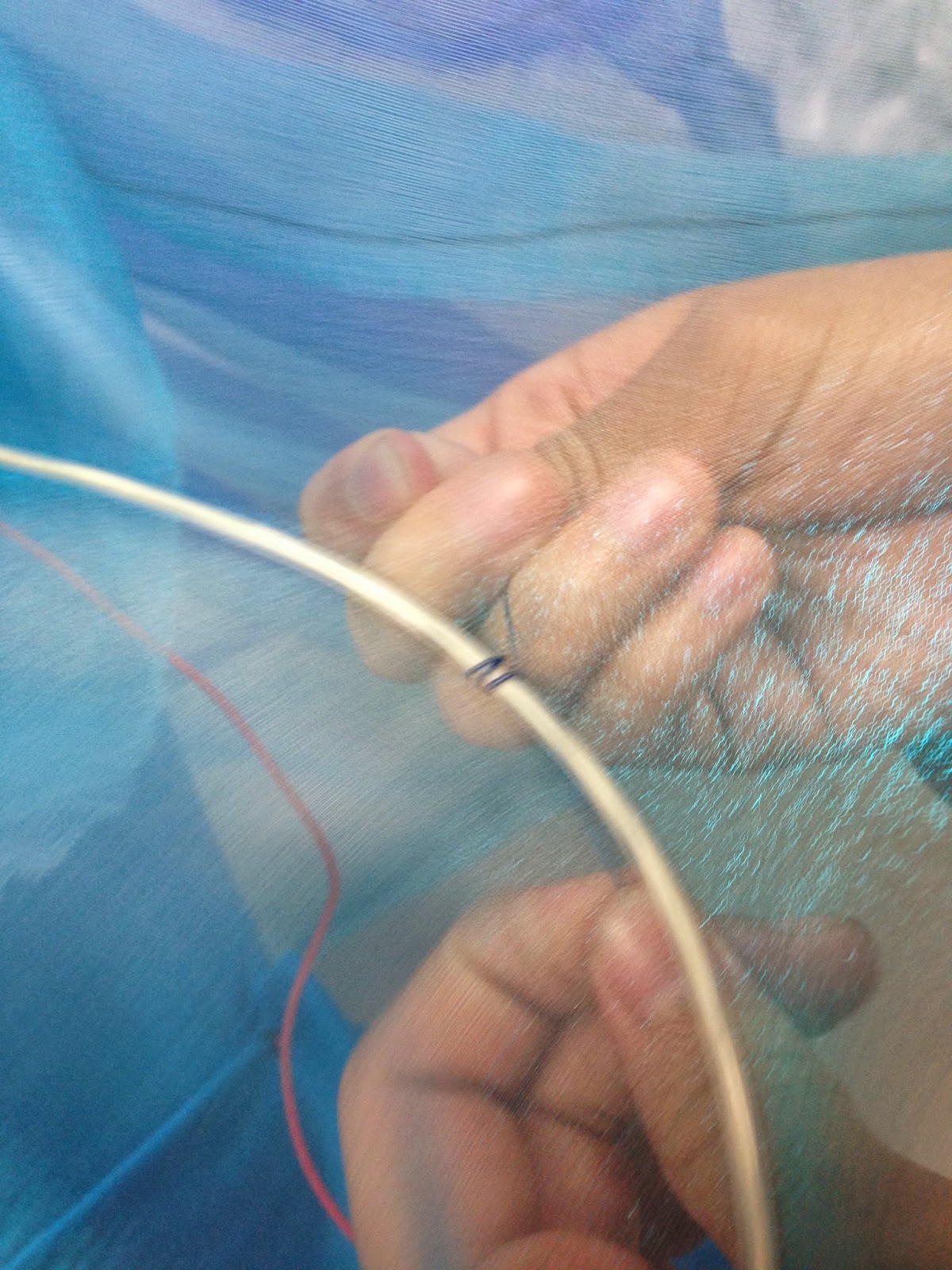PROJECTION MAPPING EXAMPLE:
Here's an awesome example that Hwaryoung discovered...
TECHNOLOGY:
For this assignment we will be using a Kinet camera to capture the dancers movement. Based upon the movement, visuals will be projected onto a scrim. With a Kinect, we can collect movement data without having anything attached to the dancers body. We can collect the X, Y, Z locations of the dancer as well as track body part (hands, head, legs, etc) movements with skeletal tracking.
INSPIRATION:
Our group (Antoinette, Mimi, Tiffany, and I) wants to continue working with the ocean theme for our second sketch. When we were testing out the projections on the scrim, we realized how washed out the colors get on the black scrim, especially cooler colors. At one point when we were testing out a video projection, vibrant red tentacles on top of a blue background filled the projection and it was beautiful. Mimi was also dancing behind the scrim at the time and looked like she was interacting with the tentacles by repelling them away with her body. From then on, we decided to base our 2nd project on this idea.
DANCE MOVEMENT:
Our dancer, Mimi, will have to incorporate Laban movements into her dance movement.
Laban movements focus on space, time, and weight.
The 8 basic movements are:
1) Pressing: Direct, Sustained, Strong.
2) Flicking: Indirect, Sudden, Light.
3) Wringing: Indirect, Sustained, Strong.
4) Dabbing: Direct, Sudden, Light.
5) Slashing: Sudden, Strong, Indirect.
6) Gliding: Sustained, Light, Direct.
7) Punching: Direct, Sudden, Strong.
8) Floating: Indirect, Sustained, Light.
Since the dance for this assignment will only be 30 seconds long, Mimi will be focusing on one of the basic movements: float.
















